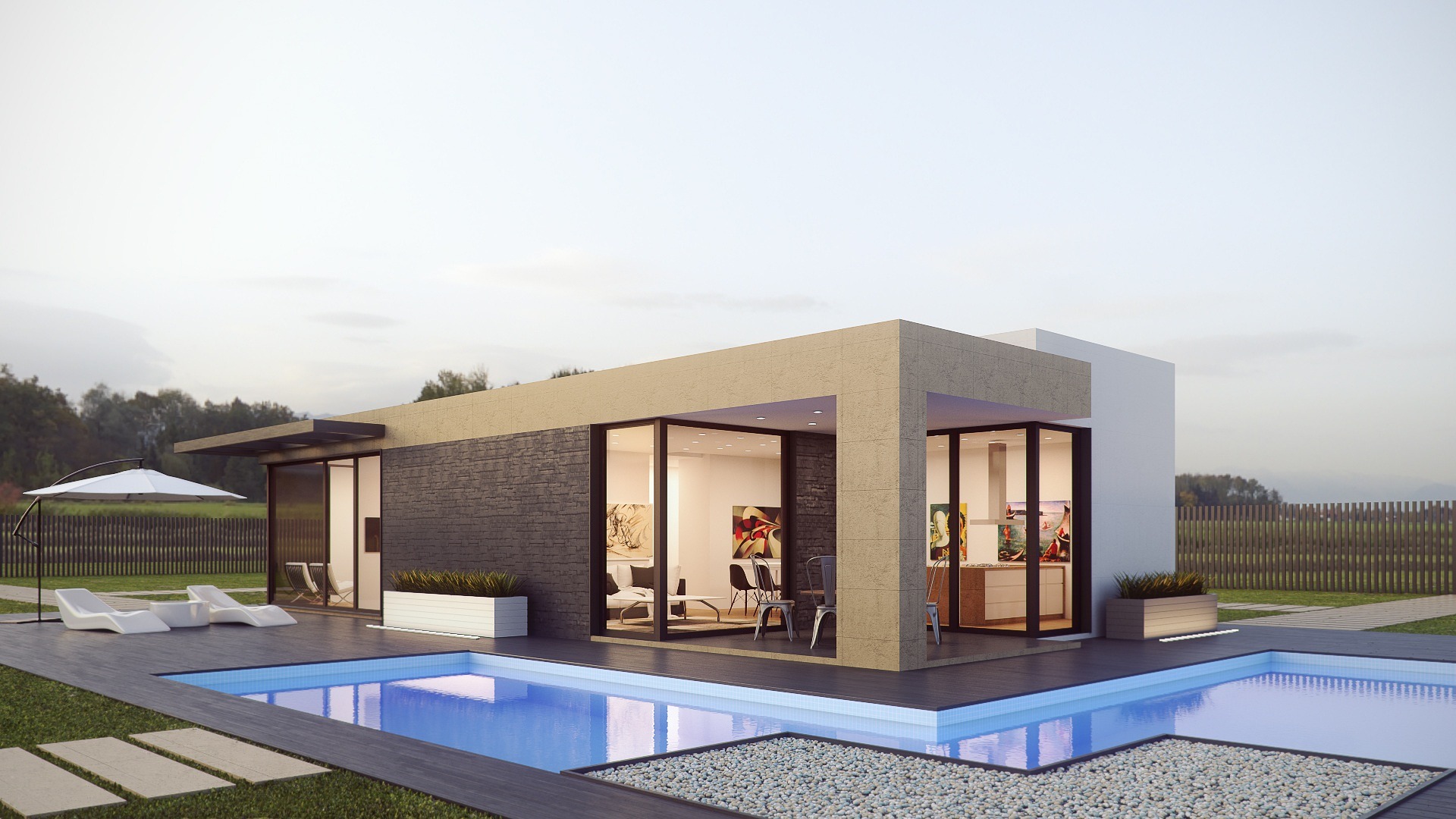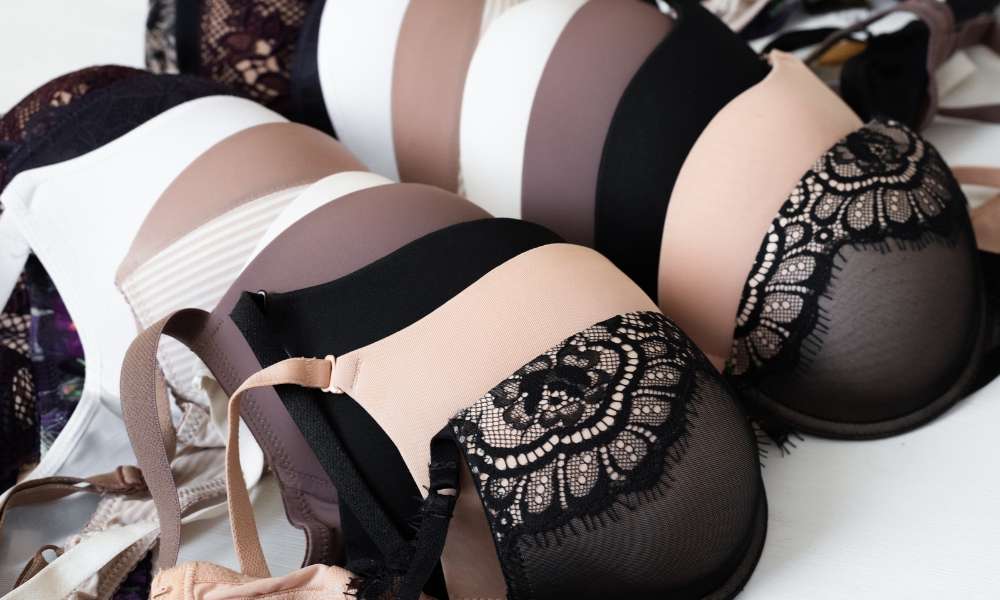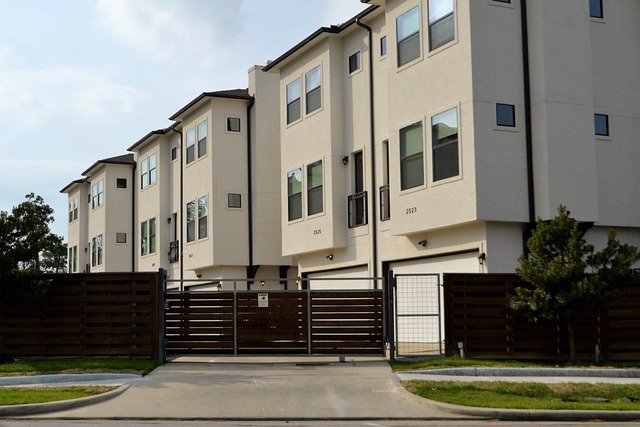Why Seniors Are Embracing Prefab Homes: A Smart Housing Solution
As the UK housing market continues to evolve, an increasing number of seniors are discovering the benefits of prefabricated homes as their ideal housing solution. These modern, factory-built dwellings offer a compelling alternative to traditional housing, addressing many of the challenges older adults face when seeking comfortable, affordable, and low-maintenance living spaces. The shift towards prefab homes represents a significant lifestyle choice that combines practicality with innovation.

Why Are So Many Seniors Choosing to Move to Prefabricated Homes?
The growing popularity of prefabricated homes among seniors stems from several practical considerations. Unlike traditional housing markets where property prices continue to soar, prefab homes offer seniors greater control over their housing costs and timeline. Many older adults are attracted to the streamlined construction process, which typically takes just 3-6 months compared to 12-18 months for conventional builds.
The demographic shift towards prefab housing also reflects changing attitudes about homeownership in later life. Seniors increasingly prioritise functionality, energy efficiency, and reduced upkeep over traditional property investment strategies. This practical approach aligns perfectly with what modern prefabricated homes deliver.
The Appeal of Prefab Homes for Seniors
Modern prefabricated homes have shed their temporary housing image, evolving into sophisticated, permanent residences that rival traditional construction quality. For seniors, these homes offer single-level living options that eliminate accessibility concerns associated with stairs and multiple floors. Many prefab designs incorporate wider doorways, accessible bathrooms, and open floor plans that accommodate mobility aids.
The controlled factory environment where prefab homes are constructed ensures consistent quality and adherence to building standards. This reliability particularly appeals to seniors who want assurance about their investment. Additionally, the speed of construction means less disruption to their lives during the transition to their new home.
Cost-Effectiveness and Financial Benefits
The financial advantages of prefabricated homes make them particularly attractive to seniors on fixed incomes. Prefab homes typically cost 10-20% less than comparable site-built homes, with base prices starting around £60,000 for smaller units and ranging up to £200,000 for larger, more luxurious models. The predictable pricing structure helps seniors budget effectively without facing unexpected construction overruns.
Energy efficiency represents another significant cost benefit. Modern prefab homes often exceed building regulations for insulation and energy performance, resulting in substantially lower utility bills. Many seniors report heating and cooling costs that are 30-50% lower than their previous traditional homes, providing ongoing savings that compound over time.
Customization and Design Flexibility
Contrary to common misconceptions, today’s prefabricated homes offer extensive customisation opportunities that appeal to discerning seniors. Manufacturers provide numerous floor plan options, exterior finishes, and interior configurations that allow personalisation without the complexity of traditional custom building.
Seniors can specify features that matter most to them, such as accessible shower systems, kitchen islands at comfortable heights, or dedicated spaces for hobbies and activities. This customisation process is typically more straightforward than with site-built homes, as manufacturers offer pre-designed options that can be modified to meet specific needs.
Reduced Maintenance and Upkeep
Perhaps the most compelling advantage for seniors is the significantly reduced maintenance requirements of modern prefabricated homes. Factory construction allows for precise installation of systems and components, reducing the likelihood of issues that plague traditional construction. High-quality materials and modern building techniques mean fewer repairs and replacements over time.
Many prefab homes feature low-maintenance exterior materials such as fiber cement siding, metal roofing, and composite decking that require minimal upkeep. For seniors who want to spend less time on home maintenance and more time enjoying their retirement, this represents a substantial lifestyle improvement.
| Home Type | Provider | Size Range | Price Range (£) |
|---|---|---|---|
| Modular Homes | Prestige Homeseeker | 1-4 bedrooms | £65,000-£180,000 |
| Park Homes | Omar Heritage | 1-3 bedrooms | £45,000-£120,000 |
| Timber Frame | Scandia-Hus | 2-5 bedrooms | £150,000-£350,000 |
| Steel Frame | Modern Method Construction | 1-3 bedrooms | £80,000-£200,000 |
Prices, rates, or cost estimates mentioned in this article are based on the latest available information but may change over time. Independent research is advised before making financial decisions.
The prefabricated home industry continues to innovate with features specifically designed for aging in place. Smart home technology integration, universal design principles, and energy-efficient systems make these homes increasingly attractive to forward-thinking seniors. As the population ages and housing affordability remains a concern, prefabricated homes offer a practical solution that doesn’t compromise on quality or comfort. For seniors seeking a hassle-free transition to a home that meets their evolving needs, prefabricated housing represents a smart choice that delivers both immediate benefits and long-term value.




